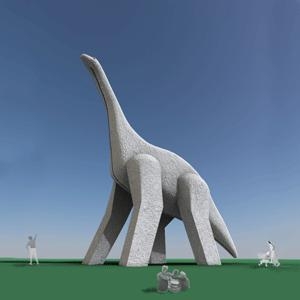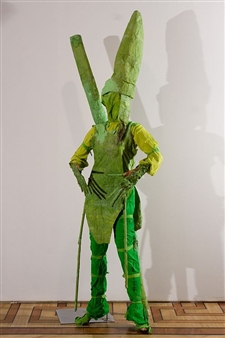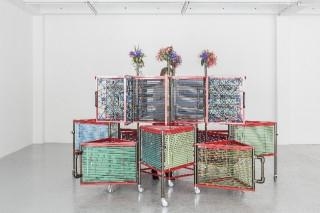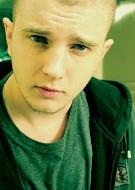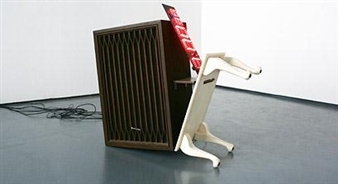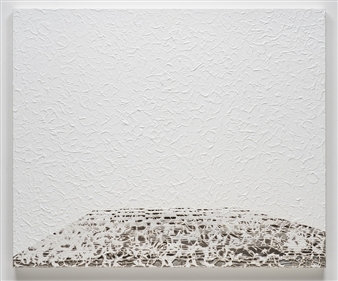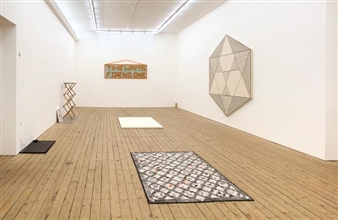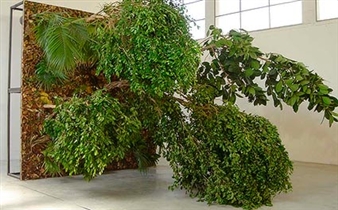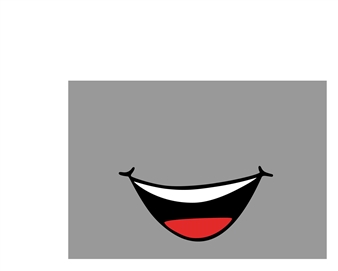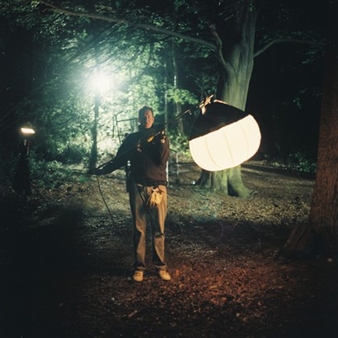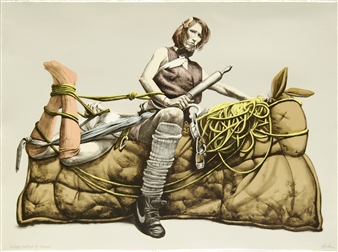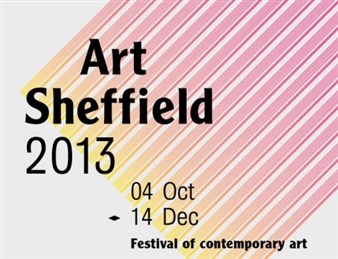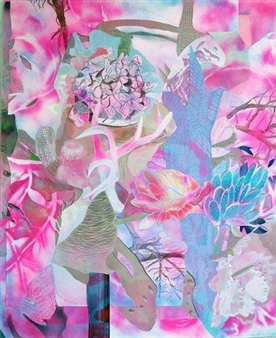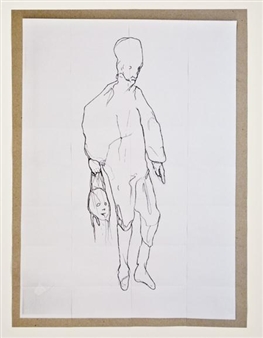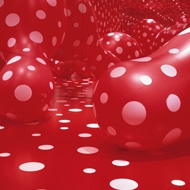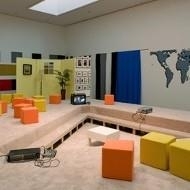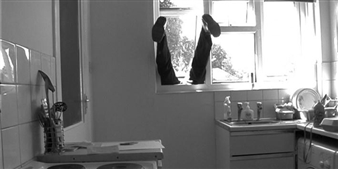StrangeLands
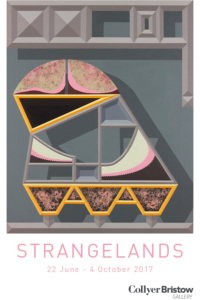
Collyer Bristow, London, London, 06/22/2017 - 10/04/2017
Bedford Row, London WC1R 4TF
ABOUT
StrangeLands opens with the story of the Afronauts depicted by Cristina de Middel of a reimagining of the true story of a Zambian science teacher named Edwuard Makuka who in 1964 decided to train the first African crew to travel to the moon. His plan was to use an aluminium rocket to send a woman, two cats and a missionary into Space. First the moon, then Mars, using a catapult system. He founded the Zambia National Academy of Science, Space Research and Astronomical Research to start training his Afronauts at his headquarters. Other landings are evidenced by Richard Ducker’s abstract, meteorite-like sculptures suggesting an anthropomorphised alien form; staged pre-CGI props of displacement, desire and a loss of confidence in the present. Illusions continue in Gibson / Martelli's world of virtual reality — their piece ‘Golem (mudman)' refers to the ancient Jewish mythical creature, magically animated from clay, a digital image compiled from hundreds of screenshots created by 3d software, emerging from the process of moulding an avatar. ‘Golem' exists somewhere between a figure and a landscape.
Ben Cove’s practice is grounded in a different kind of mythology; that of Modernist practices. Questioning of singular positioning, his work examines the interrelationship and interdependence between the object and the image, physicality and ideology, abstraction and representation, brashness and sobriety, construction and collapse. The language of high Modernist Abstraction continues in Nick Dawes’ work: he appropriates colour and text from the Highway Code. Referring to the reality of today’s world where words and images are constantly in transit, Dawes questions the allegiance between pure fact and its displacement, collapsing the relationship between image and text, while simultaneously enabling content and the historical languages of the medium to reconfigure it inventively.
Justin Hibbs’ recent works Dis-united States investigates the ruptures of distorted and fractured spaces. Hibbs took as a starting point The Guardian newspaper’s red striped graphics accompanying its coverage the day after the US election in 2017. Reconfiguring these motifs on to antique 18th century paper references a dislocation in time representing a glitched and unrecognisable future. Introducing ideas of illusion and the blurring of 2 and 3-dimensional realms, Richard Perry’s sculptures look at the possibility of the object as both a factual and an implied presence. Dylan Shipton’s vision is of an idealized, if dilapidated, world - his ‘Tower’ piece is a glimpse at a new society which is restricted neither by aesthetics, nor by political and social values. Made from remnants and left-overs, it proposes a provisional and humanistic world view.
Freddie Robins’ works investigate the pertinent contemporary issues of the domestic and gender and express the human condition - themes of violence, fear, pain and loss are manifest. A sense of violence is prevalent in Michael Calver’s works which are recollections of both real and imagined dystopian events in urban spaces, in which at any time, in any place, disaster can leap upon us. Emma Cousin’s painting Hybrid ‘plays with ideas of vulnerability and questioning one’s sense of self and autonomy. Elements of human, animalistic and inanimate features overwhelm the canvas, and the viewer is left wondering about what kind of ‘hybrid’ we are.
In Joan Sugrue’s work, source material is constantly being reassembled and dissembled. Figures in her pieces, drawn from art history, are ambiguous and somewhat disguised. Disguises abide in Kelly Sweeney’s sculpture The Hoodlums sitting between the identifiable archetype and the strangely unfamiliar. The androgynous misfits lurk with a sense of not belonging whilst John Stark’s paintings present a world of magical realism. Inflected with the suggestion of paranormal phenomena, Stark’s works often reflect an ill-fated world struggling with the dissonance of spirituality, materiality, religion and science. Joanna Whittle’s paintings contain imagined or incongruous elements from the past or present. They become hallucinatory - lost islands found between places; created from land masses which break away and become illusory like memories, floating and segregated, ‘other’ from their context. They are lost civilisations, although of small places, insignificant, ciphers of a larger world. Cinnamon Gardens is a place in Sri Lanka that artist Mollie Tearne has never visited but only knows through images and ephemera. Her collaged prints are created through everyday objects and found photographs to explore the hidden histories within an undisclosed location. Tearne investigates memory and migration with a particular focus on the people and objects around her. Each work offers us glimpses into a world where belief and artefact are closely linked. They express a multi-layered collision of cultures, histories of unknown people, and a strong sense of place, both familiar and strangely unreachable.
Wendy Saunders’ painting of female heads without features provoke a deeper intuitive response that goes beyond simple interpretation. Within these featureless faces one instinctively ‘reads’ them, from fleeting impressions and the subtle combination of elements. Alan Baker’s intricate drawings of temporary sculptures are drawn with the idea that they are intended to trap or snare an animal which could of course, include a human. Equally uncanny are Alison Pilkington’s painting of the Resurrection, within which Pilkington looks at idea of the psychological self and how it might be invented and reinvented and how these familiar yet comic images have the potential to disturb or disorientate. Amanda Doran’s work is based around her personal interest in and understanding of subcultures and how we choose to identify and portray ourselves as individuals.
Light and light sources, the passing of time, and the altering of real space are recurring themes within Tamara Dubnyckyj’s works. Places on the edge are often scene setters; there is evidence of a real place, but in which veils, shields or night time light obscure, reinvent and cancel out time. In the context of StrangeLands, Dubnycjyji’s Furnace indicates a more sinister form of redaction of both humans and truths. Nicolas Ruston is fascinated by the way in which mass media images bleed into our constructions of reality, questioning concepts such as beauty, truth and desire. The End is a collaborative project that examines the notion of ‘The End’ appropriating the look and feel of stills from movie title sequences - the resultant fifteen paintings provoked short fictions by fifteen writers. Richard Baker’s paintings investigate the hidden human histories behind seemingly insignificant objects. Often ignored, these objects bear witness to human sensuous activity, be it remembered, lived, forgotten or mythologised. An Instant Longer depicts a screen from which we witness a lens [held] to the world, to its alternative and bending realities and a surveillance of alternative facts……. these are StrangeLands.
